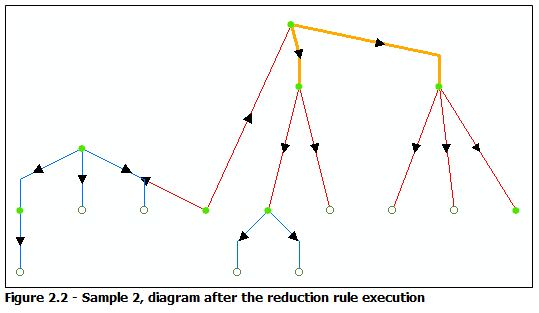The following samples show Node Reduction By Flow rule execution results on two diagrams.
Sample 1—Reducing filtered nodes by flow
For the schematic diagram template implementing the following sample 1 diagram (figure 1.1), a Node Reduction By Flow rule is defined to reduce the red schematic nodes. The black arrows displayed on each schematic link symbolize the flow orientation.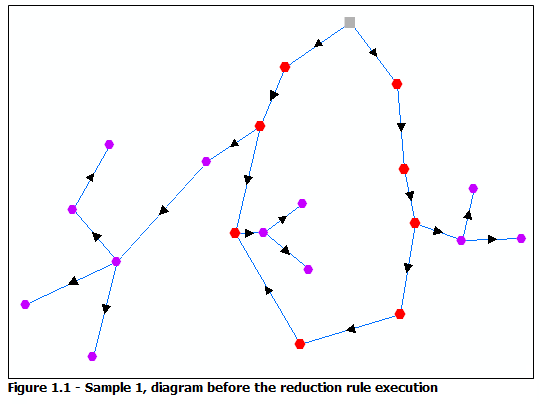
These red schematic nodes are implemented by Station nodes whose Type field value is E; in the rule tab, a SQL filter is specified for filtering out these specific nodes.
The other Node Reduction By Flow rule attributes have been specified so the reduction doesn't operate on sink and source schematic feature nodes. The From link schematic feature class option is selected so the schematic feature links created to keep the logical flow are implemented by the same schematic feature class as the link schematic feature classes implementing the links, which start from the reduced node.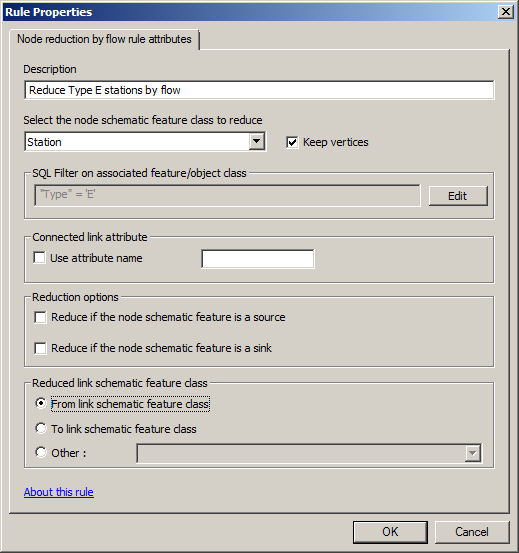
Figure 1.2 shows the result obtained after the diagram update while the Reduction By Flow rule is active: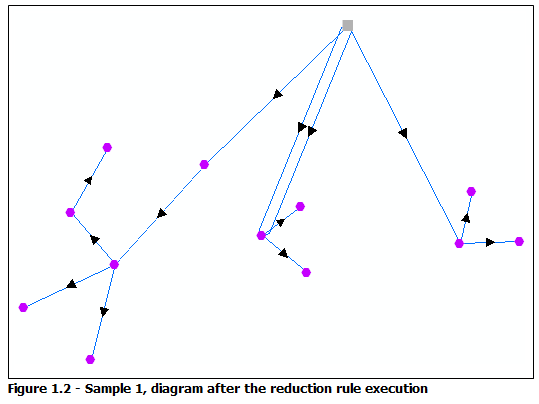
Sample 2—Reducing nodes by flow
For the following sample 2 diagram (figure 2.1), a Node Reduction By Flow rule is defined to reduce the TransformerBank schematic feature nodes represented by a white triangle. They are all related to the same schematic feature class.
The Node Reduction By Flow rule attributes have been specified so the reduction operates on all the schematic features implemented by the TransformerBank class.
The other Node Reduction By Flow rule attributes have been specified so the reduction doesn't operate on sink and source schematic feature nodes. The From link schematic feature class option is selected so the links created to keep the logical flow are implemented by the same schematic feature class as the link schematic feature classes implementing the links, which start from the reduced node: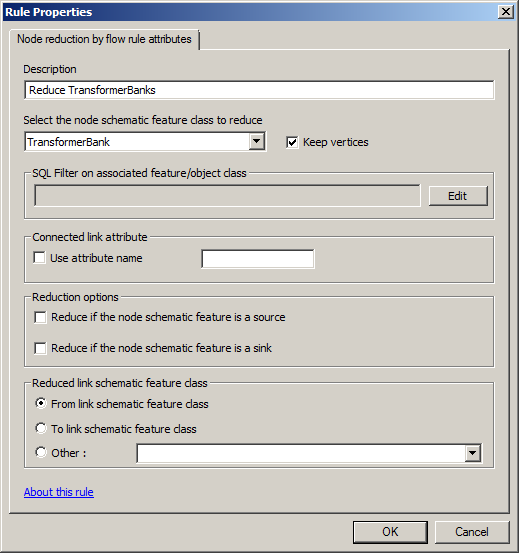
Figure 2.2 shows the result obtained after the diagram update while this reduction rule is active: